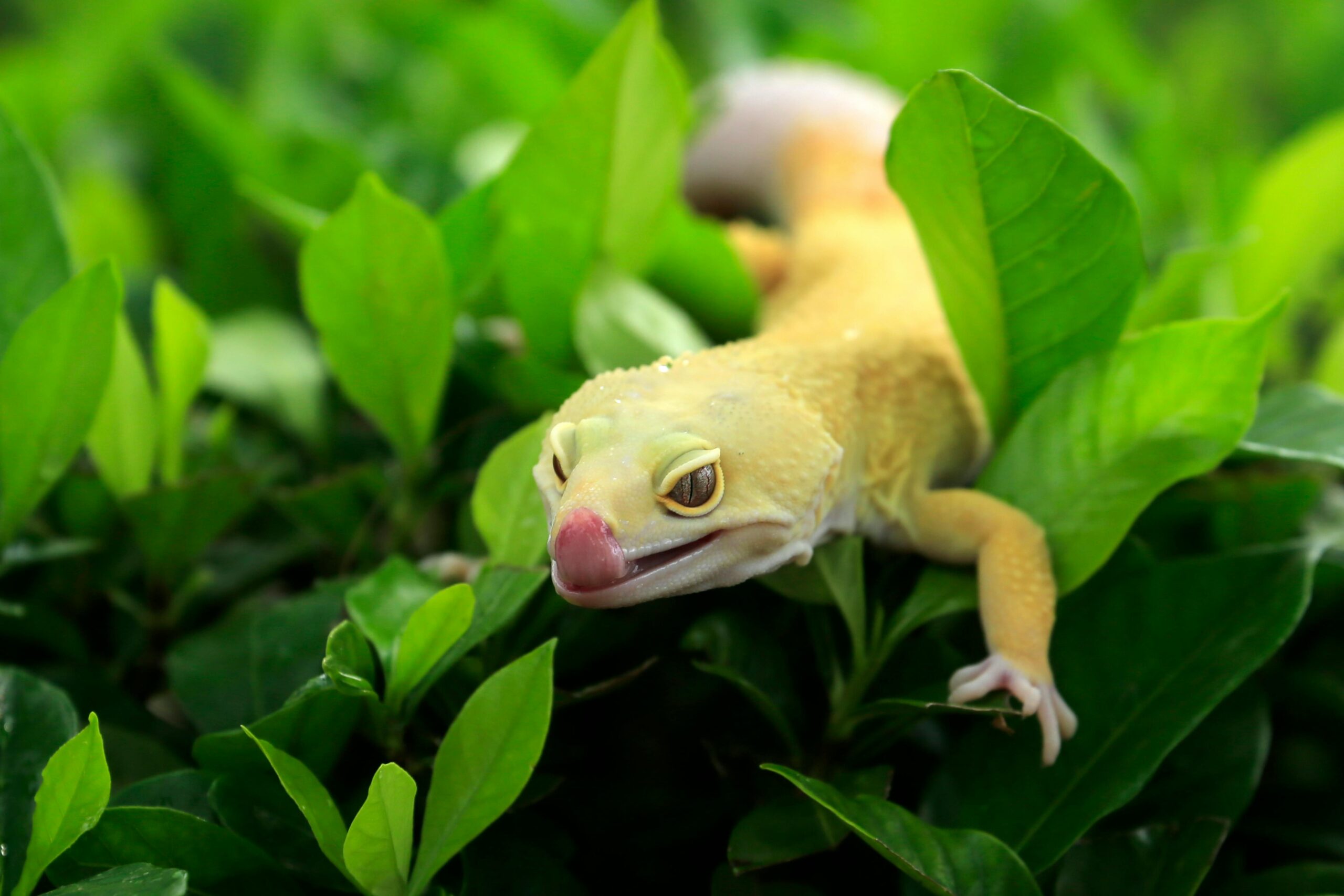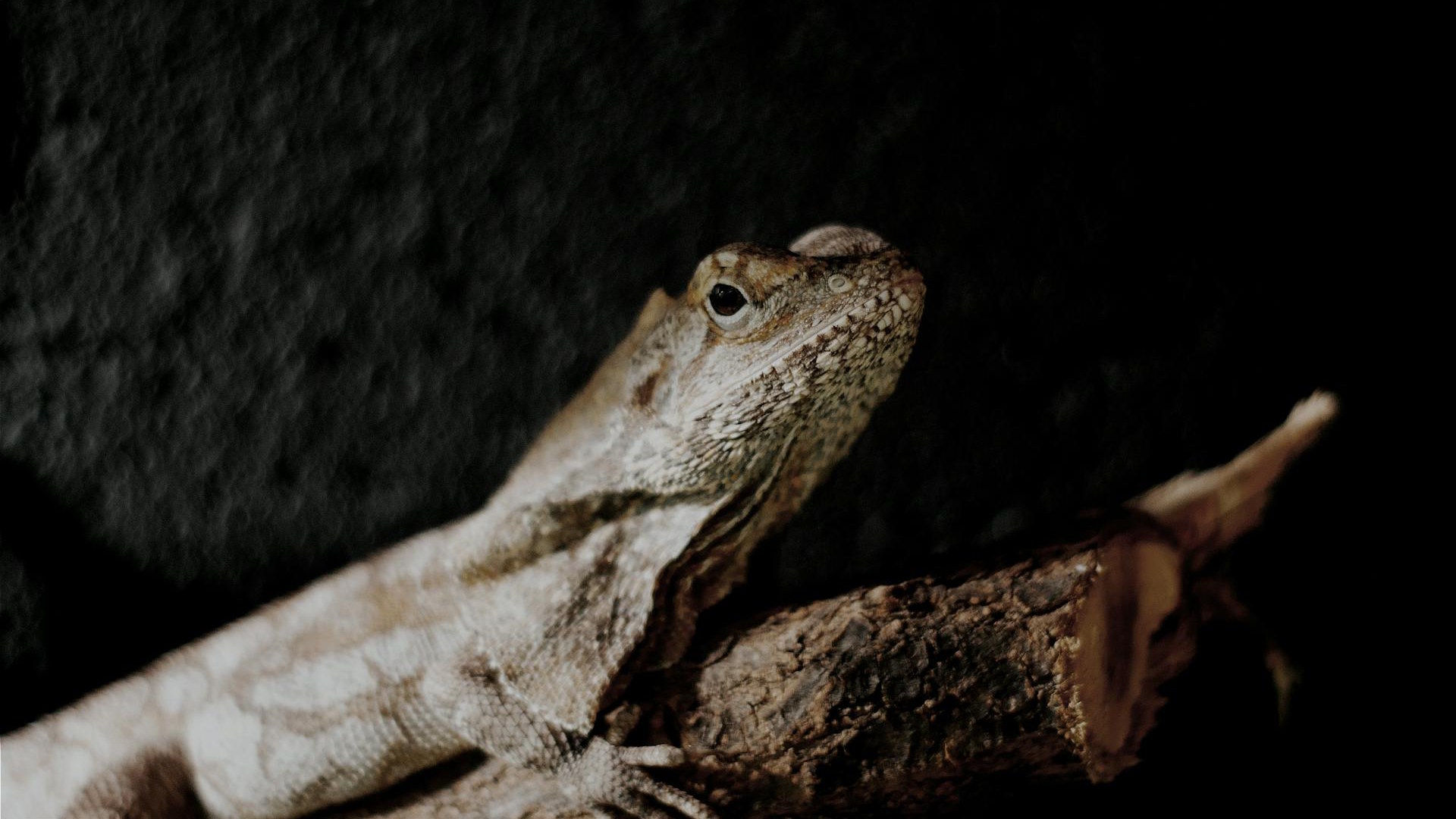Bringing a baby lizard into your home is an exciting yet delicate responsibility. These tiny reptiles require specialized care, particularly when it comes to their nutritional needs. Unlike adult lizards, babies have specific dietary requirements that directly impact their growth, development, and overall health. Their small size and rapid metabolism mean they need more frequent feedings of appropriately sized food items. Whether you’ve adopted a baby bearded dragon, gecko, chameleon, or another species, understanding the fundamentals of proper nutrition will help your scaly companion thrive during these crucial early stages of life. This guide will walk you through everything you need to know about nourishing your baby lizard from their first day home.
Understanding Your Baby Lizard’s Specific Dietary Needs
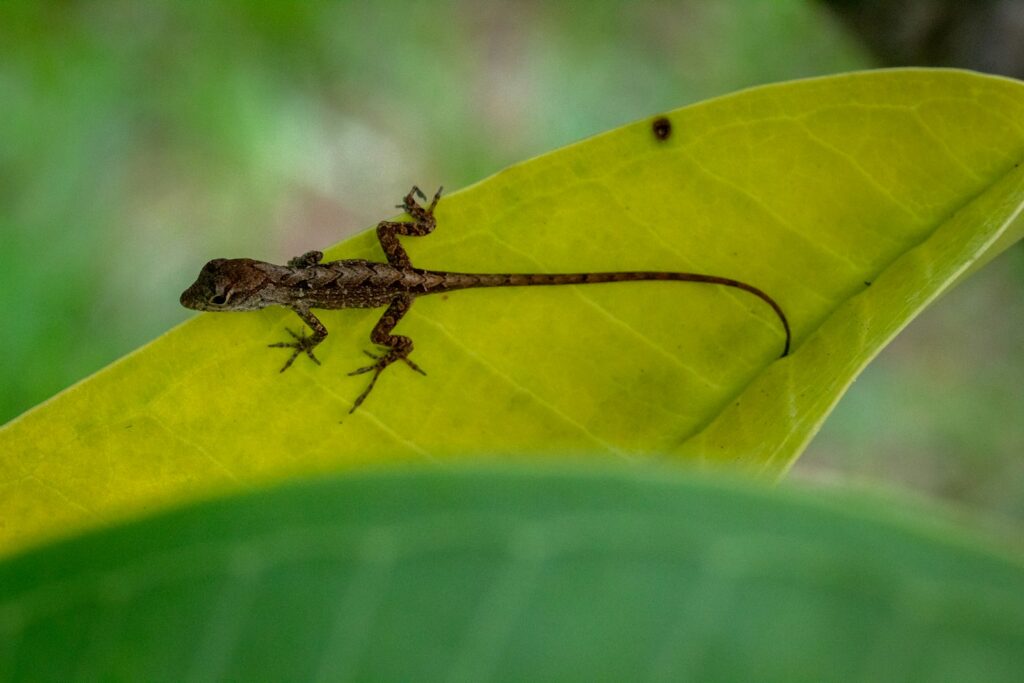
Different lizard species have vastly different nutritional requirements, making research into your specific pet essential. Insectivores like geckos require a diet primarily composed of small insects, while omnivores such as bearded dragons need both insects and plant matter. Some species, like green iguanas, are primarily herbivorous even as babies, though they may accept some protein early in life. Your lizard’s natural habitat provides important clues about their dietary needs – desert species often have different requirements than tropical ones. Before bringing your baby lizard home, consult with a reptile veterinarian or experienced breeder to understand the precise nutritional profile your particular species requires for optimal development.
Creating an Appropriate Feeding Schedule
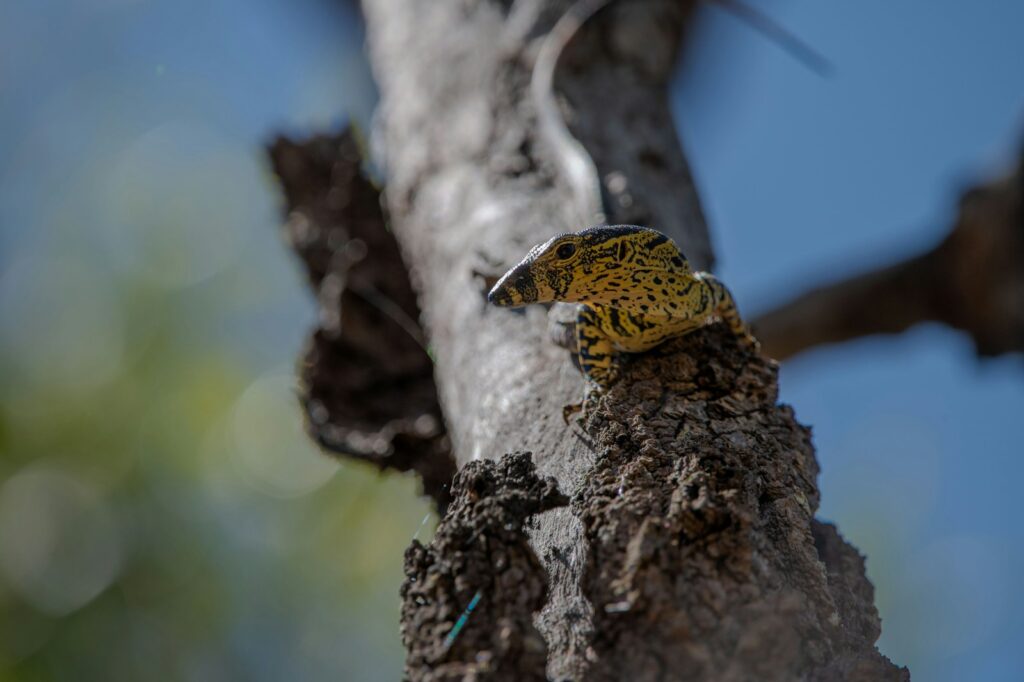
Baby lizards have much faster metabolisms than their adult counterparts, necessitating more frequent feeding schedules. Most baby insectivorous lizards should be fed daily, sometimes multiple times per day depending on the species. Young bearded dragons, for example, may require 2-3 feedings daily of appropriately sized insects. Herbivorous species generally need fresh vegetables and greens available throughout the day, refreshed at least once daily to prevent wilting. As your lizard grows, you’ll gradually reduce feeding frequency, but during the first few months, consistent access to nutrition is critical for proper bone development and growth. Keep a feeding journal to track your pet’s intake patterns and adjust schedules according to their appetite and energy levels.
Selecting the Right Size Food Items
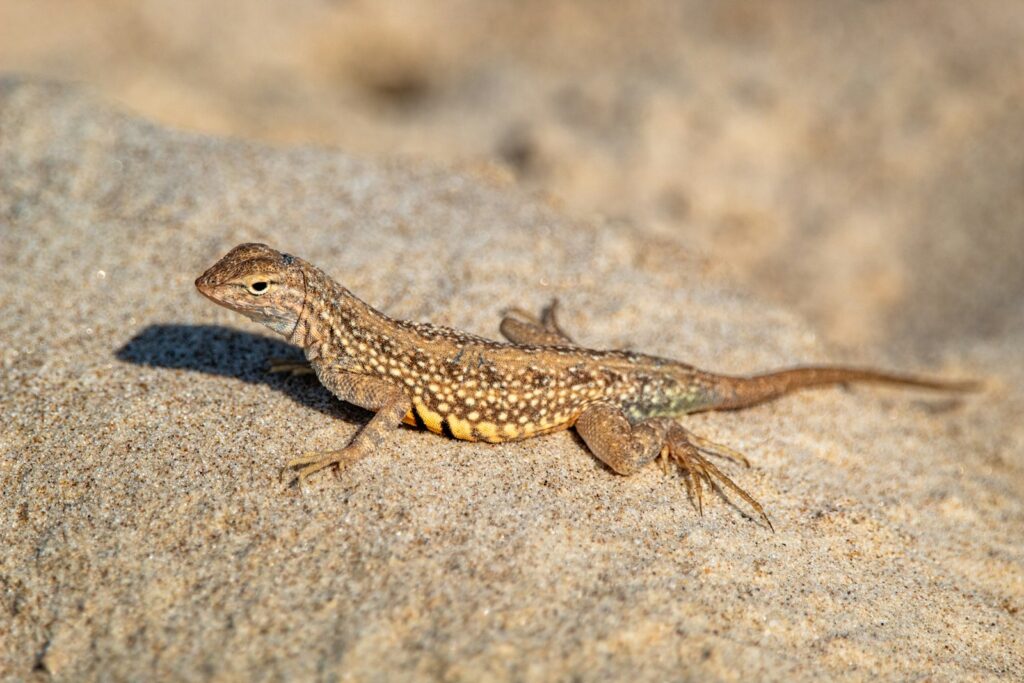
Perhaps the most critical aspect of feeding baby lizards is providing appropriately sized food items to prevent choking and impaction. The general rule for insect-eating species is that prey should be no larger than the width between your lizard’s eyes. For exceptionally small hatchlings, this might mean feeding pinhead crickets, fruit fly larvae, or other tiny invertebrates. Offering food that’s too large can lead to serious digestive issues or even death in small lizards. Some species, like crested geckos, may start with commercially prepared powder diets mixed to a specific consistency appropriate for their tiny mouths. Always observe your lizard during feeding to ensure they can comfortably consume the food items provided, adjusting sizes as they grow.
Essential Nutrients for Healthy Development

Baby lizards require balanced nutrition with particular attention to calcium and vitamin D3, which are crucial for proper bone development and preventing metabolic bone disease. Calcium should be supplemented by dusting food items with a reptile-specific calcium powder, typically 3-5 times weekly for rapidly growing babies. Vitamin D3 helps with calcium absorption and can be provided through supplements or appropriate UVB lighting. Protein is especially important for growing lizards, comprising a larger percentage of most species’ diets during juvenile stages than in adulthood. Proper hydration is equally crucial, with most species requiring access to fresh water, though some obtain moisture primarily from their food or from water droplets in their environment. Your veterinarian can help determine if additional supplements are needed based on your lizard’s species and condition.
Offering Live Insects Safely
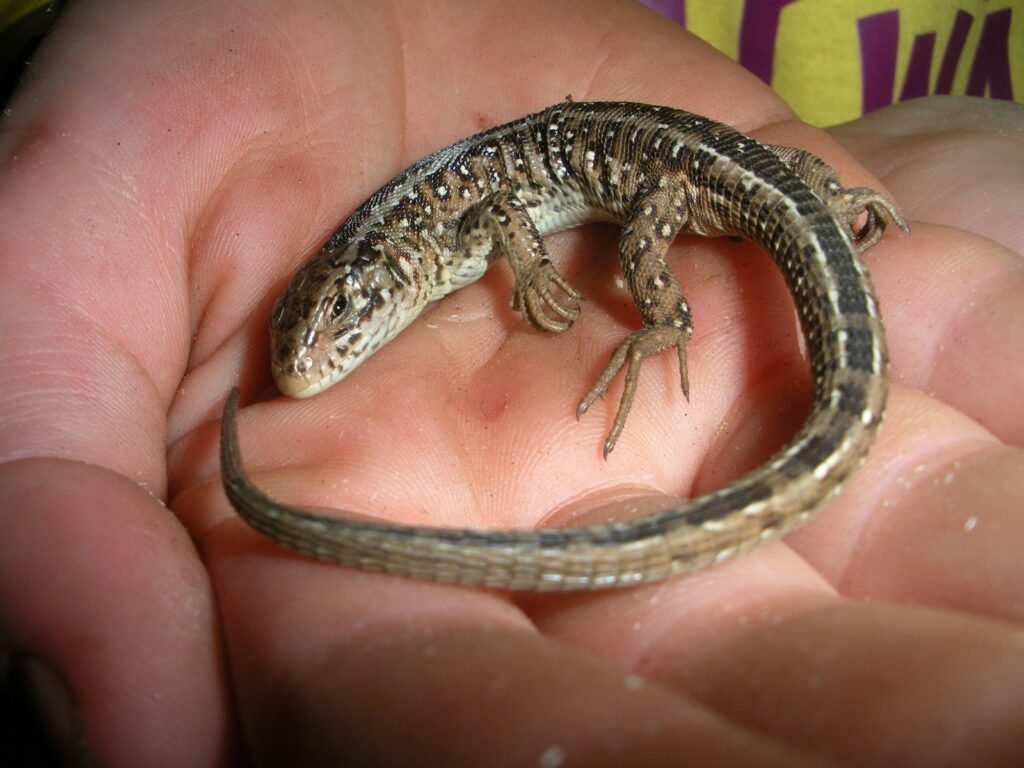
For insectivorous and omnivorous species, live insects form a substantial part of a baby lizard’s diet, but they must be offered safely. Never leave large or aggressive insects like adult crickets unattended in your lizard’s enclosure, as they may stress or even bite your pet. Instead, use feeding tongs to offer insects individually, or place them in a shallow dish from which they cannot escape. Before feeding, insects should be “gut-loaded” for 24-48 hours by feeding them nutritious foods like commercial gut-load formulas, vegetables, and fruits, which transfers those nutrients to your lizard. Remove any uneaten live prey after feeding sessions to prevent stress to your lizard. For extremely small babies, you may need to incapacitate prey slightly by refrigerating them briefly to slow their movement, making them easier for your lizard to catch.
Introducing Fruits and Vegetables
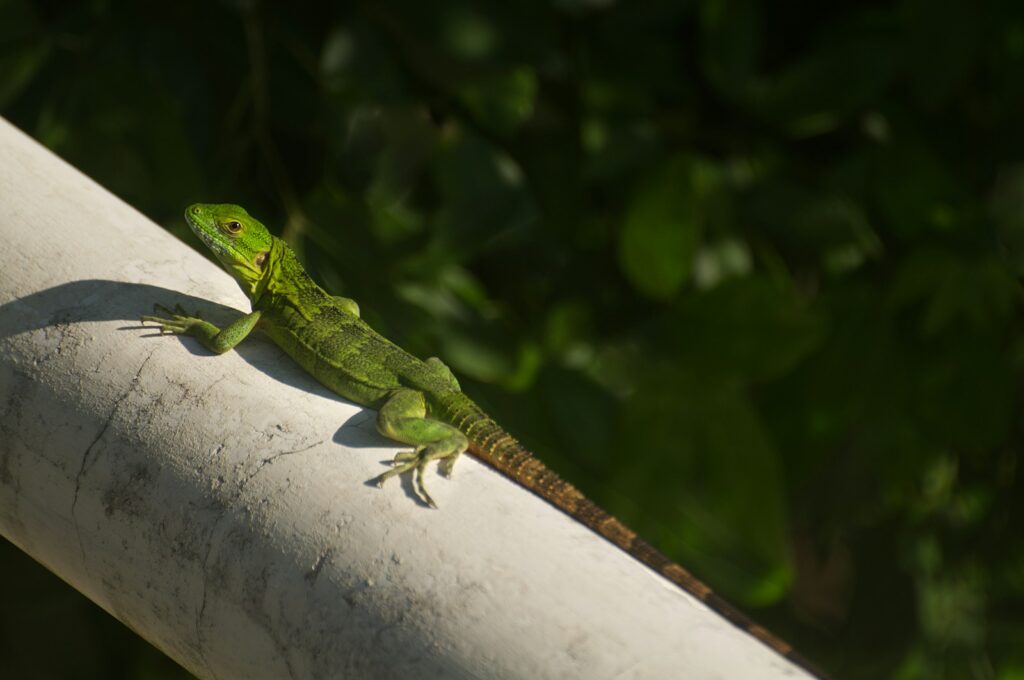
For omnivorous and herbivorous lizard species, proper introduction of plant matter is essential even during the juvenile stage. Start with soft, easily digestible options like butternut squash, sweet potato, and bell peppers, finely chopped or grated to accommodate their small mouths. Dark leafy greens such as collard greens, mustard greens, and dandelion greens provide essential nutrients and should be introduced early, though some species may initially show reluctance. Fruits should be offered more sparingly as treats, as they contain higher sugar content – appropriate options include berries, papaya, and figs in tiny portions. All produce should be thoroughly washed, organic when possible, and cut into manageable pieces that won’t pose a choking hazard for your tiny pet.
Proper Supplementation Techniques

Supplementation is crucial for baby lizards, but must be done correctly to avoid overdosing. Calcium powder should be applied by placing food items in a plastic bag with a small amount of supplement and gently shaking to coat them evenly before feeding. Most rapidly growing babies need calcium supplementation 3-5 times weekly, with a calcium supplement containing vitamin D3 unless adequate UVB lighting is provided. Multivitamin supplements should be used more sparingly, typically once or twice weekly, as over-supplementation can cause toxicity. Different species have varying supplementation needs – for instance, insectivorous geckos generally require more calcium dusting than herbivorous species who obtain minerals from plant matter. Commercial supplements specifically formulated for reptiles should be used rather than human-grade products, and supplements should be stored according to manufacturer instructions to maintain potency.
Avoiding Common Feeding Mistakes
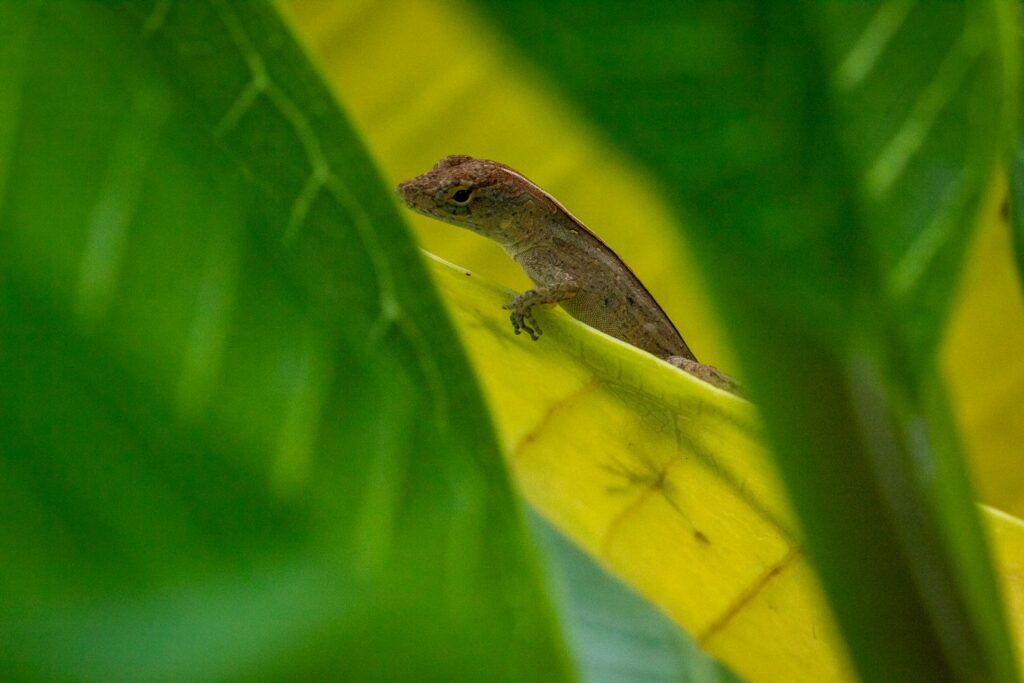
Many new lizard owners make preventable feeding errors that can impact their pet’s health. One common mistake is feeding insects straight from the pet store without gut-loading them first, which greatly reduces their nutritional value. Another error is relying exclusively on one food type, such as mealworms, which lacks nutritional diversity and can lead to deficiencies. Overfeeding is particularly problematic with baby lizards, as obesity can occur even at young ages and lead to liver disease and shortened lifespan. Some owners mistakenly offer inappropriate foods, like fireflies or lightning bugs, which are toxic to reptiles, or avocado, which can be harmful to many species. Inconsistent feeding schedules can also stress young lizards and disrupt their growth patterns, making a regular routine extremely important.
Hydration Strategies for Baby Lizards
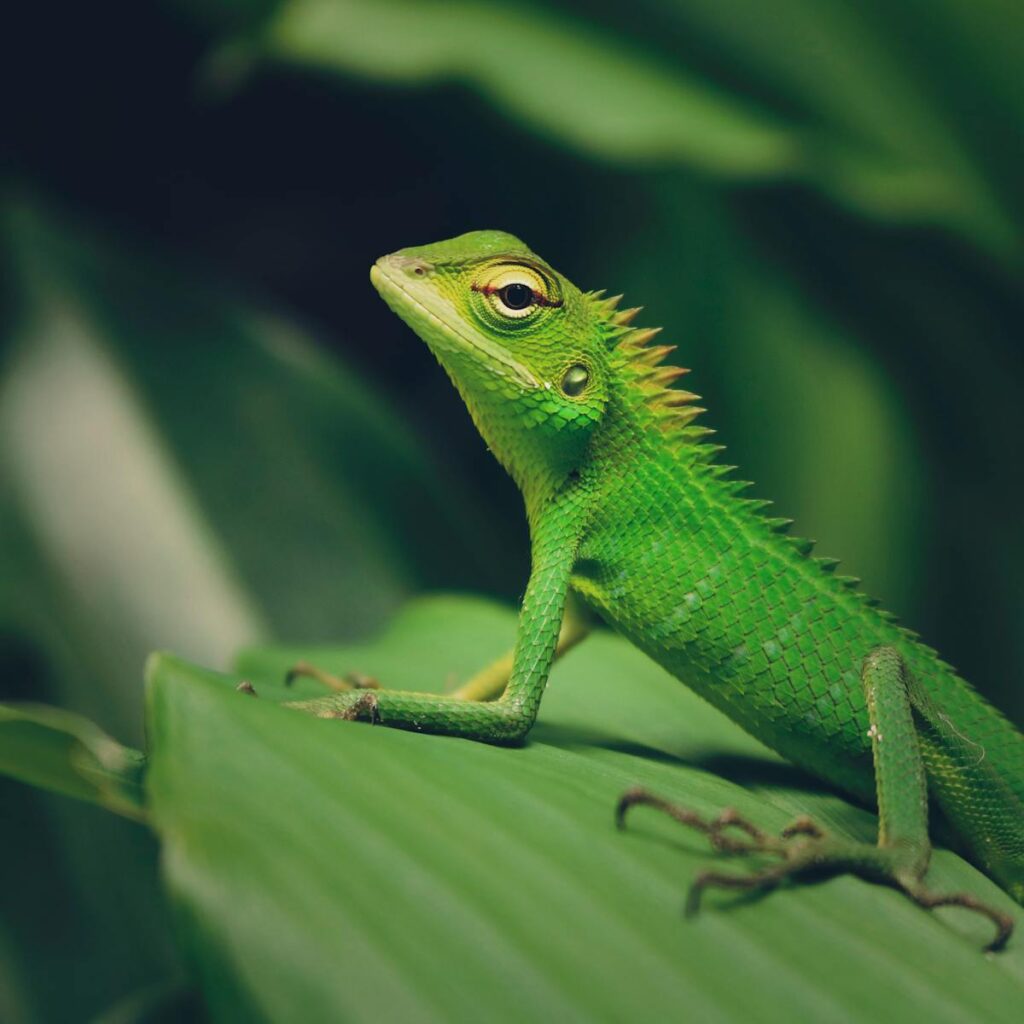
Proper hydration is just as important as feeding for baby lizards, though hydration needs vary dramatically by species. Desert species like leopard geckos obtain most moisture from their food and may rarely drink from standing water, while tropical species often require higher humidity and regular access to water. For very small lizards, shallow water dishes prevent drowning risk while still allowing access to fresh water. Some species, particularly chameleons and certain geckos, prefer to drink water droplets from leaves or enclosure walls rather than from dishes, necessitating regular misting. Monitor your baby lizard for signs of dehydration, including sunken eyes, wrinkled skin, or tacky mucous membranes. For lizards showing signs of dehydration, offering electrolyte solutions formulated for reptiles can help restore fluid balance more effectively than plain water.
Monitoring Growth and Adjusting Diet
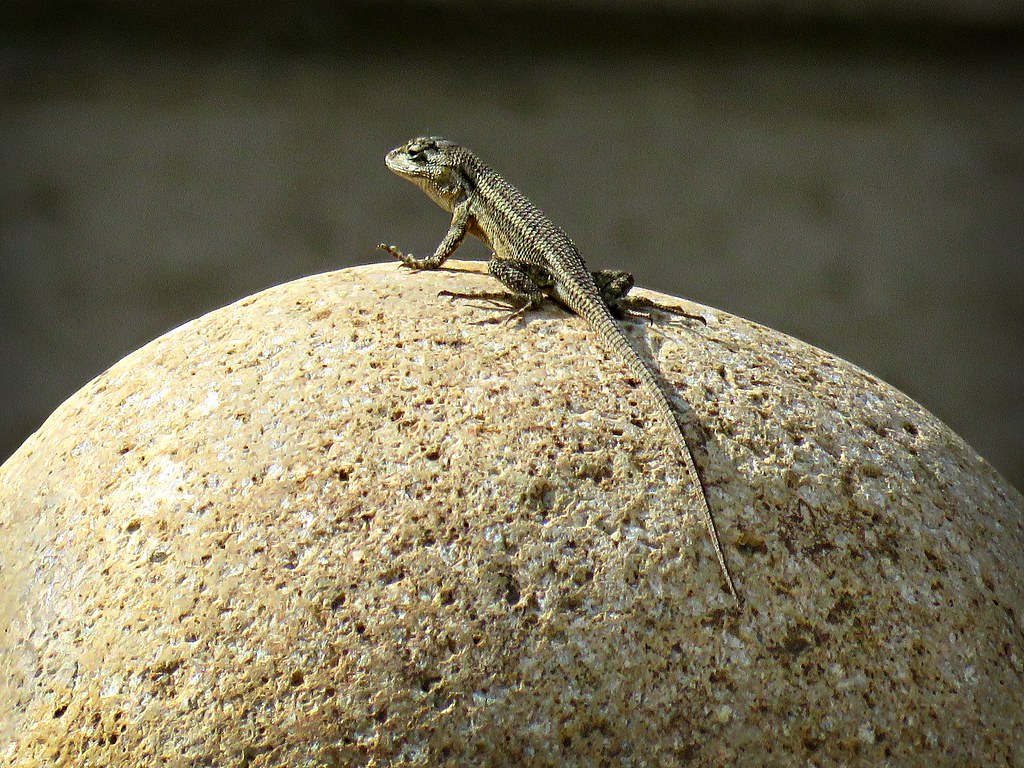
Regular monitoring of your baby lizard’s growth and body condition is essential for making timely dietary adjustments. Healthy baby lizards should show steady weight gain and growth, which you can track using a small digital scale designed for precision measurements. Keep a growth journal noting weight, length, and physical development milestones to ensure your feeding regimen is supporting proper development. A healthy baby lizard should have a slightly rounded body shape without being overweight; visible hip bones or spine may indicate undernourishment, while a significantly distended belly might suggest overfeeding. As your lizard grows, gradually adjust both food item size and feeding frequency according to their specific growth stage. Regular veterinary check-ups during the growth phase can help ensure your lizard is developing properly and provide professional guidance for dietary adjustments.
Handling Feeding Difficulties
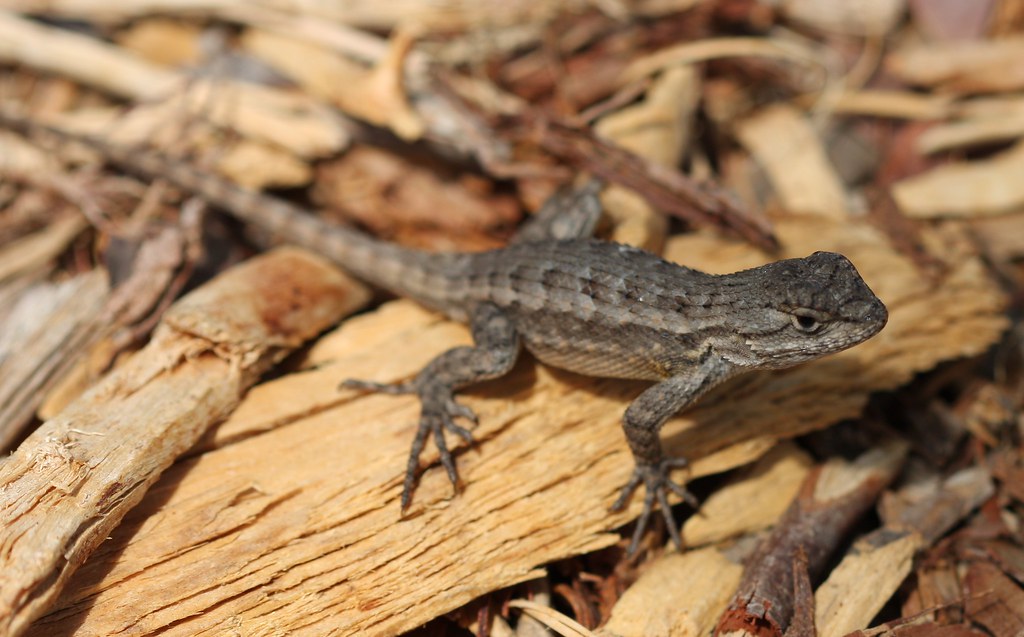
Some baby lizards may experience feeding issues that require troubleshooting and patience. New lizards often refuse food initially due to relocation stress, which typically resolves after they’ve had time to acclimate to their new environment. For persistent feeding reluctance, try offering different prey items, as some lizards have strong preferences for specific insects or food textures. Environmental factors like incorrect temperature can suppress appetite – most reptiles need proper basking temperatures to digest food effectively. For extremely reluctant eaters, try feeding in a separate, simplified container without distractions, or adjust feeding times to match your pet’s natural activity period. In cases of continued feeding refusal, monitor weight closely and consult a reptile veterinarian, as underlying health issues may be causing appetite suppression.
Transitioning to Adult Feeding Patterns
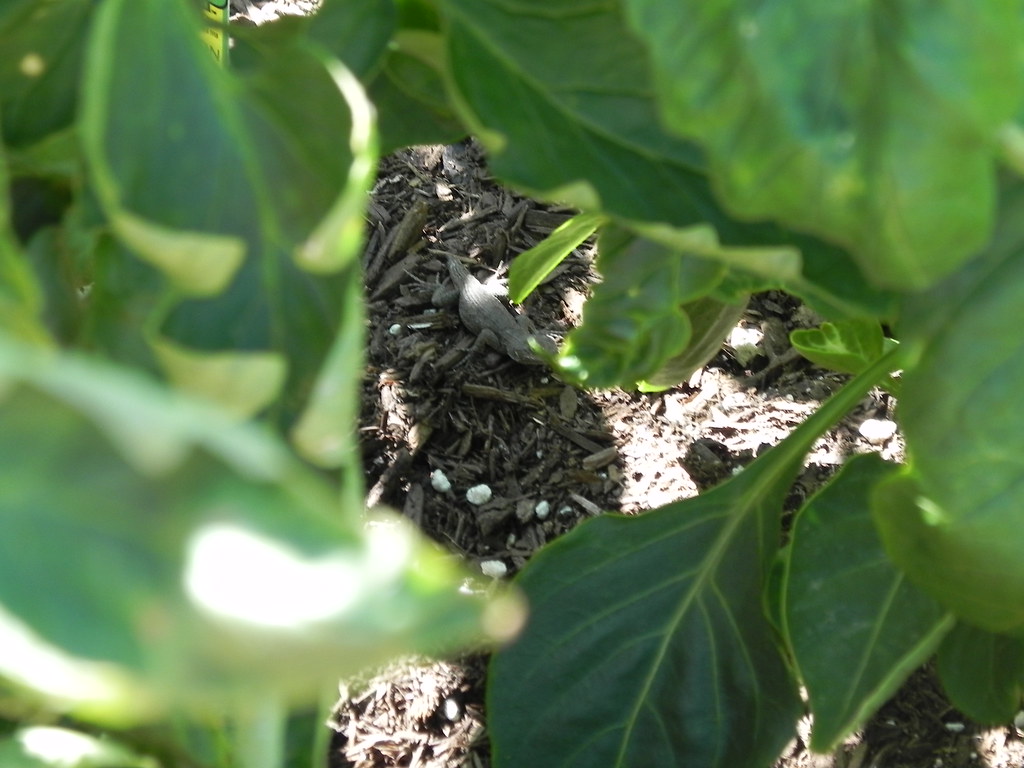
As your baby lizard grows, you’ll need to gradually transition their feeding regimen toward adult patterns. This transition typically begins around 6-8 months for smaller species and may extend to 12-18 months for larger lizards like bearded dragons and iguanas. The shift usually involves reducing feeding frequency, adjusting the protein-to-plant ratio for omnivorous species, and increasing food item size proportionally with growth. For most species, the transition should be gradual rather than abrupt, perhaps dropping from three daily feedings to two, then eventually to once daily or even less frequently depending on species. Watch your lizard’s body condition during this transition period – they should maintain healthy weight and energy levels without becoming either too thin or overweight. Adult feeding schedules should be based on species-specific requirements rather than arbitrary timelines, as growth rates can vary significantly between individuals.
When to Seek Veterinary Assistance

While minor fluctuations in appetite are normal, certain feeding issues warrant professional attention. If your baby lizard refuses food for more than a few days (for daily feeders) or shows sudden appetite changes accompanied by lethargy, abnormal droppings, or weight loss, veterinary assessment is necessary. Signs of difficulty swallowing, regurgitation, or visible discomfort after eating could indicate impaction or other digestive tract issues requiring immediate care. Abnormal growth patterns, such as softening of the jaw (a sign of metabolic bone disease) or dramatically slowed growth, suggest nutritional deficiencies that need professional intervention. Remember that early intervention for feeding and nutrition problems can prevent them from developing into more serious health conditions. Establish a relationship with an experienced reptile veterinarian before problems arise, ensuring you have access to qualified care when needed.
conclusion
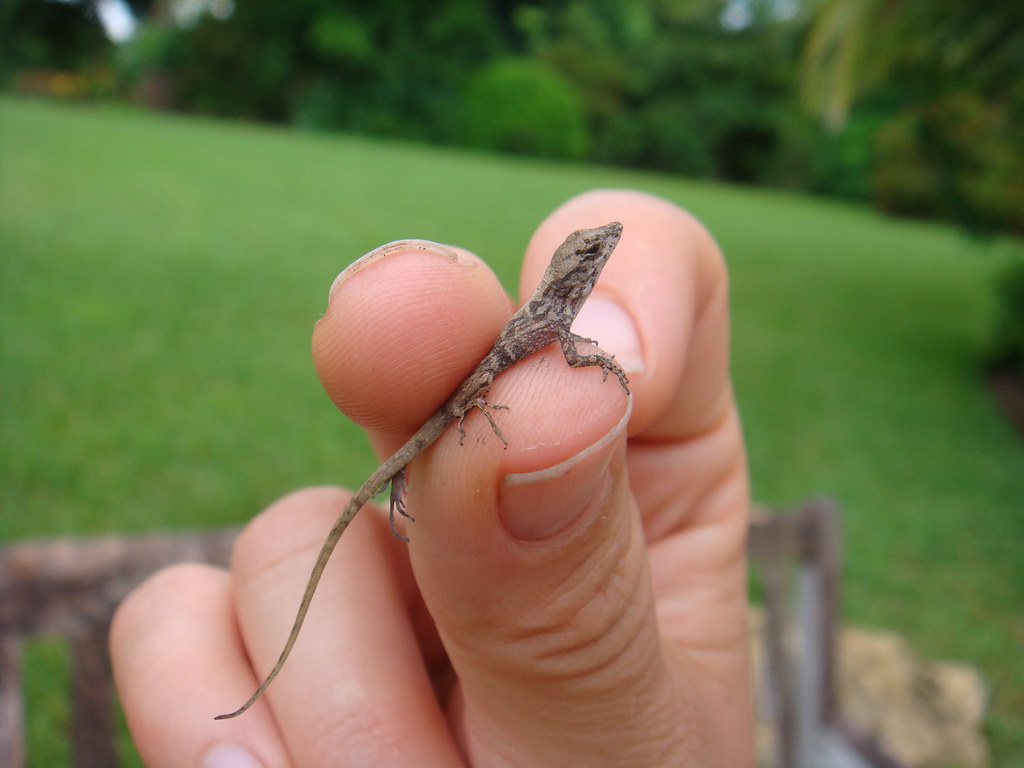
Caring for a baby lizard requires knowledge, attention to detail, and commitment to meeting their specific nutritional needs. By understanding your species’ dietary requirements, providing appropriately sized food items, maintaining proper supplementation, and closely monitoring growth, you’ll give your tiny reptile the foundation for a long and healthy life. Remember that early nutrition has lifelong impacts on development, making these first months critical for your pet’s wellbeing. As your baby lizard grows into adulthood, the feeding routines you establish now will evolve, but the principles of species-appropriate nutrition remain the cornerstone of responsible reptile care. With patience and proper care, you’ll enjoy watching your small scaly friend grow into a healthy adult lizard.


